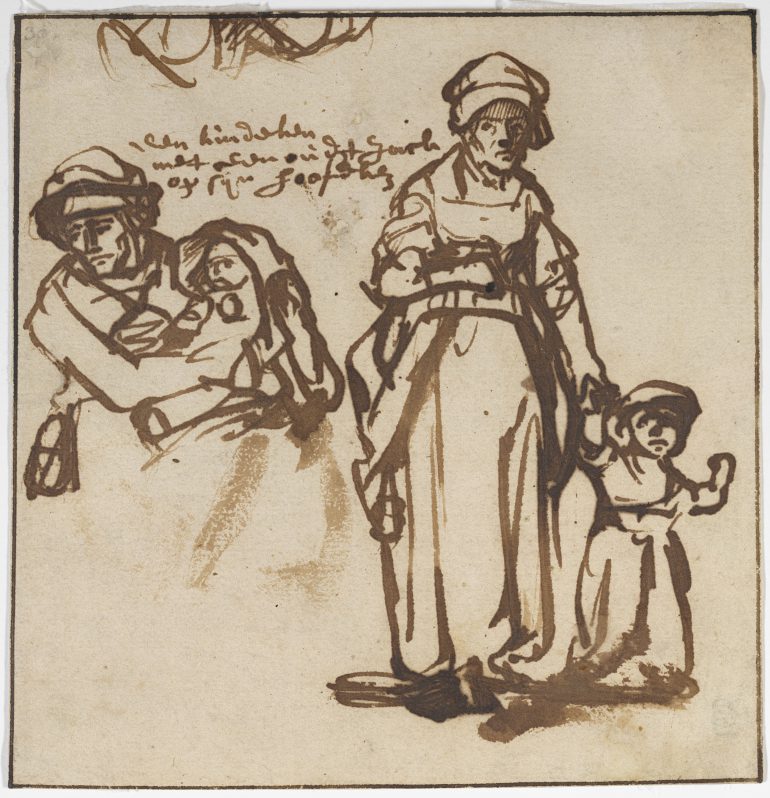In the heart of Amsterdam, you will still find the house where Rembrandt lived and worked for nineteen years. It is the house where he started full of ambition, but which he had to leave due to financial problems. Nearly 400 years later, The Rembrandt House Museum is the only museum in the world entirely dedicated to this artist. Each room in Rembrandt’s house has its own story. Where he experienced joy and sorrow, collected art and rarities from all over the world, educated his students, and received his customers. From the house he looked out over a rapidly changing city. It is the place where he made his masterpieces. Where he became the greatest.
Nowhere in the world can you get closer to Rembrandt than in The Rembrandt House Museum. This spring, on March 18th, the museum will reopen with 30% more Rembrandt. As many as five new museum spaces will be added, including an epilogue room, an etching attic, and a third exhibition room. Get to know the artist and his contemporaries via the new multimedia tour where you will follow Rembrandt’s life story, from his arrival as an ambitious celebrity artist to his forced departure due to an accumulation of debts. The museum centers around craftsmanship and visitors are invited to participate in etching and painting demonstrations. In the exact place where Rembrandt created his masterpieces, in his studio, you are invited to discover how the artist made his paint. It’s like looking over the artist’s shoulder.
Over the master’s shoulder
To celebrate the re-opening, the museum will showcase The Peck collection, a spectacular world-class drawing collection. In 2016, the Pecks donated their remarkable collection to the Ackland Art Museum in the United States. No less than 74 drawings from the collection, including several by Rembrandt, are exhibited here for the first time in Europe, in the very place where Rembrandt made his drawings.
These seventeenth-century Dutch drawings enable us to look as it were over the shoulder of Rembrandt and his contemporaries. This unique exhibition will be divided into seven chapters, which together answer the central question: ‘Why did a seventeenth-century artist make drawings?’
A son, a father, a masterpiece
In 1655, Rembrandt painted his son Titus in his studio now part of The Rembrandt House Museum. Rembrandt portrayed his son just as he observed him, staring dreamily, his thumb pressed into his cheek. Rembrandt’ captured him in loose brushstrokes, almost as a sketch.
Titus is one of Rembrandt’s most famous masterpieces and loved by the public. Now, four hundred years on, and especially for the re-opening of the museum, Titus is back home for the first time.
Titus is Back Home was made possible thanks to the Buitenkans project of the Turing Foundation and the Vereniging Rembrandt.
The Art of Drawing
74 drawings by Rembrandt, Bol, Maes and others
The Peck Collection, Ackland Art Museum (USA)
March 18 – June 11, 2023
